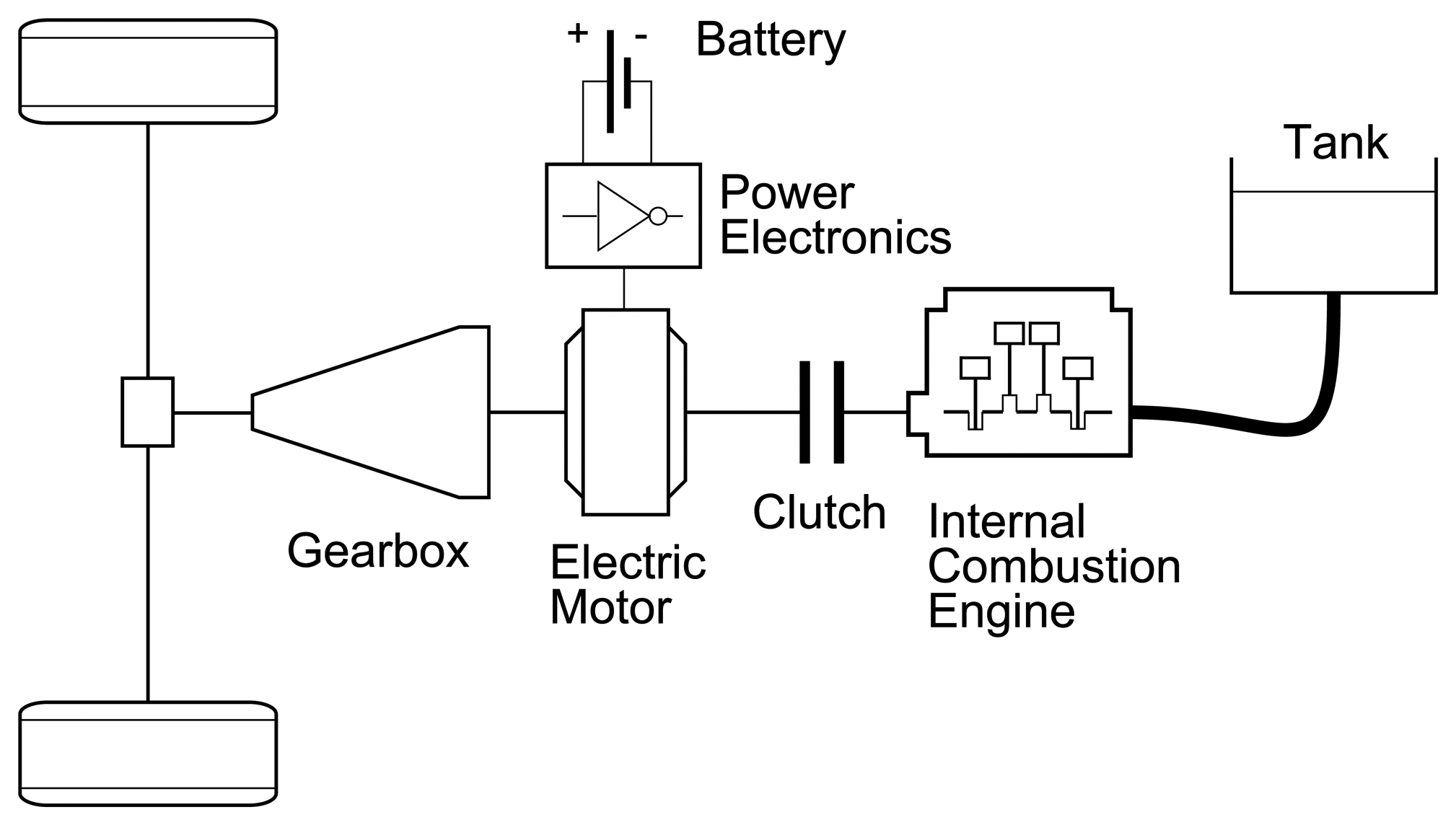At 80% compressor and turbine efficiency, recovery does not improve appreciably with increasing PR. At higher efficiencies recovery will increase with PR.
Let's assume 80% efficiencies. The fact that recovery is independant of PR allows PR and CAT to be optimised for combustion efficiency. (We did have several posters here claiming that high PR's would rob energy from the MGUH because of high compressor work.) Combustion efficiency will be optimal at AFR around 1.2 for homogeneous charge and higher if stratified. So PR at all rpm will be determined primarily by best AFR for combustion. Next priority is most likely compressor and turbine efficiency. Staying close to the peak efficiency island benefits recovery, pressures and temps applied to the piston engine etc.
Air massflows in the examples are approximate. Don't forget that massflow also depends on CAT, VE etc.
Higher CR is only a secondary benefit of lean mixture. 1.2 would be a ballpark optimal mixture with CR held constant.
- Login or Register
No account yet? Sign up


